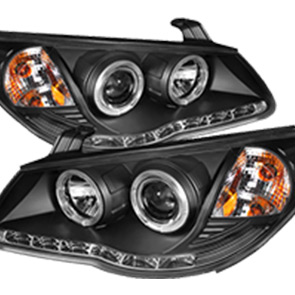Throttle Cable Assembly for Enhanced Engine Performance and Control Systems
Understanding Throttle Cable Assembly Its Importance and Functionality
The throttle cable assembly is a crucial component in various types of machinery, especially in automotive and marine applications. This assembly plays a significant role in controlling the engine's performance by regulating the air and fuel mixture that enters the combustion chamber. In this article, we will delve into the structure, functionality, and maintenance of the throttle cable assembly, highlighting its importance in ensuring optimal vehicle operation.
Structure of the Throttle Cable Assembly
The throttle cable assembly typically consists of several key components. At its core, it features a flexible cable that connects the throttle pedal or lever to the throttle body or carburetor. This cable is housed in a protective sheath, allowing it to move freely without exposure to dirt or other contaminants. The assembly also includes connectors and adjusters, which facilitate the customization of cable length and tension according to specific vehicle requirements.
Functionality of the Throttle Cable Assembly
When the driver presses the throttle pedal, it pulls the cable attached to the throttle body or carburetor. This action opens the throttle plate, allowing more air to enter the engine. In the case of electronic throttle control systems, a sensor sends signals to the engine control unit (ECU) without the need for a physical cable—transforming traditional mechanical systems into highly responsive electronic systems.
The efficiency of the throttle cable assembly affects overall vehicle performance. If the cable is too loose, the throttle may not respond adequately, leading to sluggish acceleration. Conversely, if the cable is too tight, it may lead to over-responsiveness, making the vehicle challenging to control. Proper adjustment and maintenance of the throttle cable assembly are, therefore, essential to ensure a balanced response and enhance driving safety.
Signs of Throttle Cable Assembly Issues
Like all mechanical components, the throttle cable assembly is susceptible to wear and tear over time. Common issues include fraying of the cable, corrosion of connectors, and binding within the sheath. Drivers can observe several symptoms indicating that their throttle cable may need attention
throttle cable assembly

1. Sticky or Unresponsive Throttle If the throttle feels sticky or does not return to its original position after releasing the pedal, it may be time to inspect the cable assembly. 2. Excessive Play in the Throttle Pedal A loose throttle pedal with too much movement can indicate a problem with the cable tension or adjustment. 3. Erratic Engine Response If the engine speeds up or slows down in an inconsistent manner without any input from the driver, this may point to a malfunctioning throttle cable.
Maintenance of Throttle Cable Assembly
Regular maintenance of the throttle cable assembly is crucial to prevent issues and extend its lifespan. Here are a few preventive measures
- Visual Inspection Regularly check the cable for any signs of wear, fraying, or damage. Ensure that the connectors are free from corrosion and dirt to maintain a good connection.
- Cable Lubrication Use a suitable lubricant designed for cables to reduce friction and enhance smooth movement within the sheath.
- Correct Tension Adjustment Ensuring the cable is properly tensioned helps maintain responsive throttle behavior. Follow manufacturer specifications for the desired cable tension.
- Professional Servicing For complex issues or if you are unsure about performing maintenance yourself, consider seeking help from a qualified technician.
Conclusion
In summary, the throttle cable assembly is a vital element that directly influences engine performance and driving experience. Understanding its structure and functionality allows vehicle owners to appreciate its importance and address any potential issues timely. By performing regular inspections and maintenance, drivers can ensure their throttle cable operates efficiently, contributing to improved vehicle reliability and safety on the road.
-
Workings of Clutch Pipe and Hose SystemsNewsJun.04,2025
-
The Inner Workings of Hand Brake Cable SystemsNewsJun.04,2025
-
The Secrets of Throttle and Accelerator CablesNewsJun.04,2025
-
The Hidden Lifeline of Your Transmission Gear Shift CablesNewsJun.04,2025
-
Demystifying Gear Cables and Shift LinkagesNewsJun.04,2025
-
Decoding Clutch Line Systems A Comprehensive GuideNewsJun.04,2025
